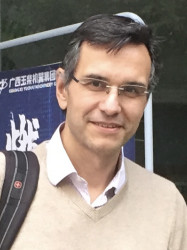BibTex format
@article{Gonzalez-Colsa:2022:10.1038/s41598-022-17630-0,
author = {Gonzalez-Colsa, J and Franco, A and Bresme, F and Moreno, F and Albella, P},
doi = {10.1038/s41598-022-17630-0},
journal = {Scientific Reports},
title = {Janus-Nanojet as an efficient asymmetric photothermal source},
url = {http://dx.doi.org/10.1038/s41598-022-17630-0},
volume = {12},
year = {2022}
}

